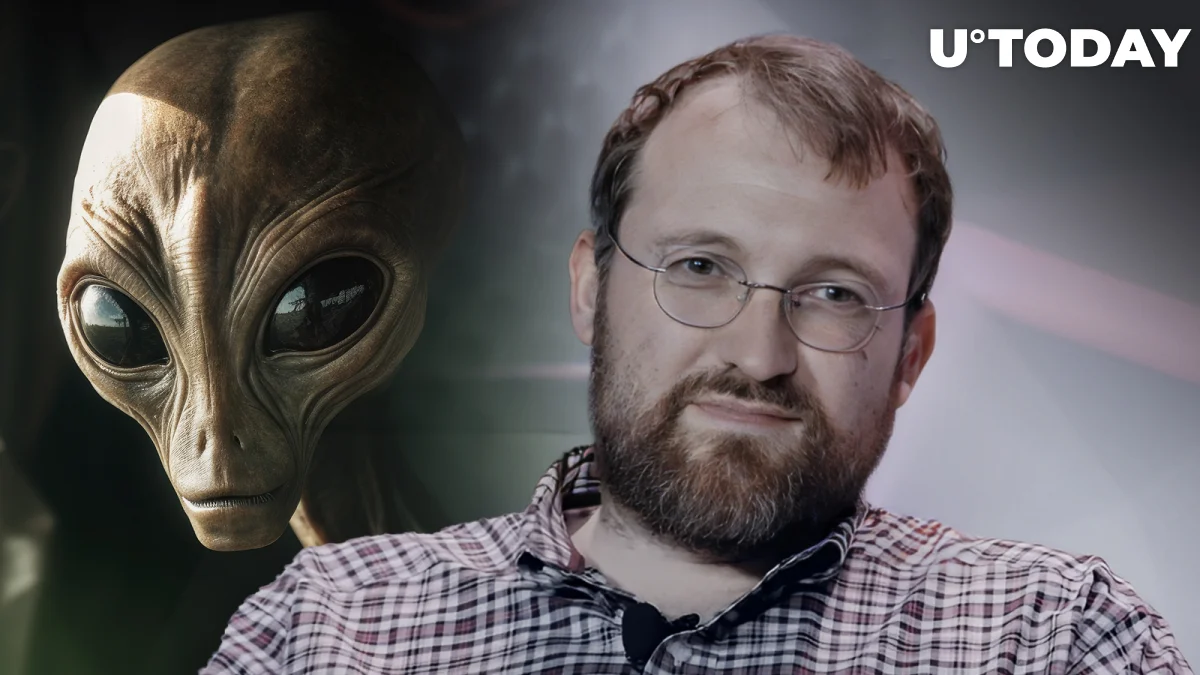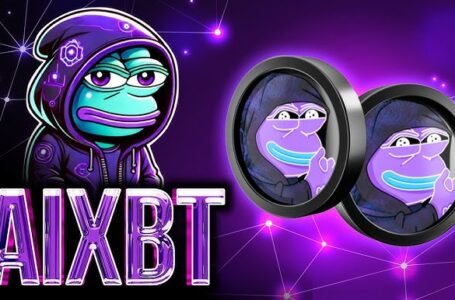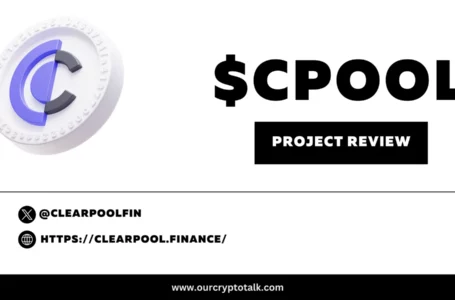
A scientific breakthrough that might change paradigms in the realm of alien exploration may be just around the corner, according to Cardano’s creator Charles Hoskinson.
Hoskinson recently disclosed on social media that he coauthored a study with Harvard professor and famous astronomer Avi Loeb that described their findings from samples taken in the Pacific Ocean.
The samples include spherules with very high quantities of beryllium, lanthanum, and uranium—materials that are seldom present in our solar system in such high amounts. The ground-breaking study is presently undergoing peer review and will shortly be made public.
The project concentrated on gathering samples from the bottom close to Papua New Guinea, particularly close to the predicted route of the highly fast-moving bolide CNEOS 2014-01-08, which was discovered by American government satellites in 2014.
“It was aliens”
About 700 spherules of various sizes were discovered by the scientists. Five of them were found to have a “extra-solar” composition out of the 57 that were examined, making them potential candidates for extraterrestrial origins. These “BeLaU“-type spherules lack components that are typical in produced alloys or solar system meteorites, further supporting the idea that they come from extrasolar sources.
Hoskinson made a lighthearted allusion to the “I’m not saying it was aliens, but it was aliens” meme from the History Channel series Ancient Aliens in answer to a query concerning “exotic sources” associated with the “BeLaU abundance pattern.” This meme is sometimes employed in a lighthearted manner to imply that an enigmatic or unexplained incident may have been the product of extraterrestrial aliens.
A confirmation of these elements’ extrasolar origin would have far-reaching effects, affecting everything from astrophysics to the possibility of extraterrestrial life.


















